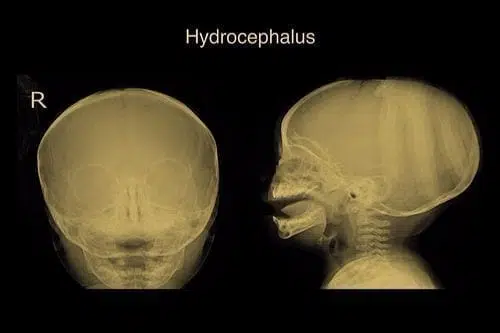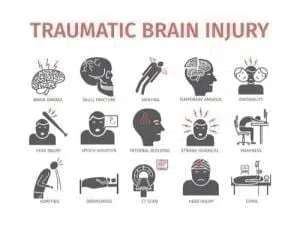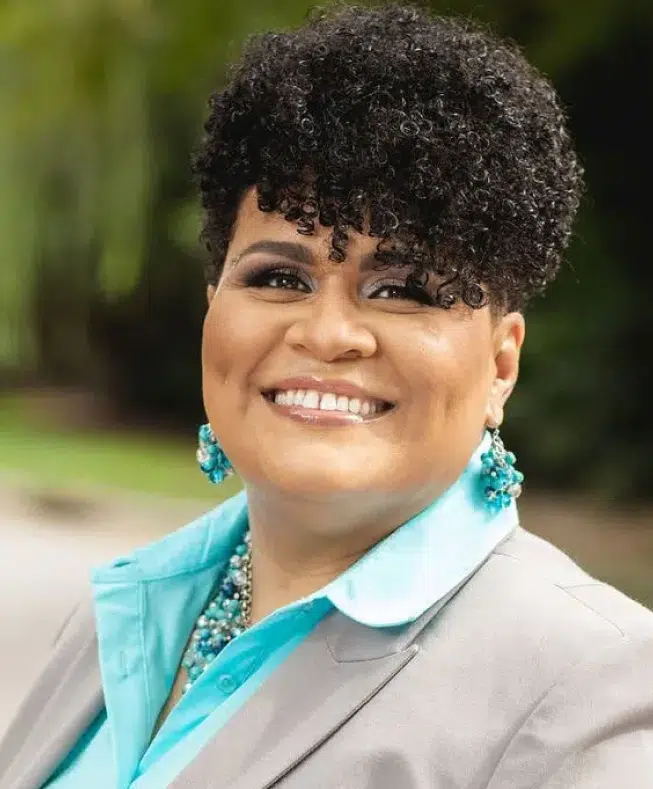
This post discusses Social Security Disability Benefits for hydrocephalus. If you or someone you care for has been assessed with hydrocephalus, it will help to know how the Social Security Administration will evaluate your claim for disability benefits.
The Bishop Law Firm has represented Social Security Disability clients in North Carolina since 2009. We do not get paid unless you win and we offer free case reviews. Start your free case review online now!
Types of Social Security Disability Benefits
The first step in attaining disability benefits for hydrocephalus is to apply for benefits. SSA generally offers two types of benefits that can be applied for: SSDI and SSI. At every step of the disability process, SSA will use the Five Step Sequential Evaluation to determine if you are disabled.
Social Security Disability Insurance (SSDI)
SSDI (Social Security Disability Insurance) is based on the credits from the work you have done in your life. You must be found disabled before your date last insured (DLI) to be found eligible for SSDI. Your DLI is calculated by counting your “quarters of coverage” from your earnings record. You must have 20 “quarters of coverage” of the last 40 quarters. Simply put, you must have worked 5 years of the last ten years (in general). In addition, Adult Disabled Children can be eligible for benefits off their parent’s account.
Supplemental Security Income (SSI)
SSI (Supplemental Security Income) is a need-based program and you must meet income/asset standards in addition to being found disabled under the Five Step Sequential Evaluation (see below). In 2024, SSI is $943 a month for an individual and $1,415.00 for an eligible couple. SSI will be reduced by 1/3 if you are receiving financial help from others. In NC, SSI recipients are also entitled to Medicaid.
SSI is also available for disabled children and is evaluated under a different standard than adults. Children must have a medically determinable physical or mental impairment or impairments (including emotional or learning problems) which result in marked and severe functional limitations, and the impairment(s) has lasted or can be expected to last for a continuous period of at least 12 months or be expected to result in death. Child SSI terminates when the child turns 18. The claimant will then have to reapply and be evaluated under the above adult sequential evaluation.
Five Step Sequential Evaluation
At every step of the below Disability Process, SSA uses the Five Step Sequential Evaluation to determine if you are disabled.
- Step 1 – Are You Working? The Social Security Administration defines work as “Substantial Gainful Activity” (SGA). SGA is roughly defined as work from earnings that average more than $1,550 (2024) a month. If you are making that amount you generally will not qualify for disability.
- Step 2 – Is Your Condition “Severe”? Severity is key when it comes to what qualifies as a disability. Severe is defined by the Social Security Administration as: your condition must interfere with basic work-related activities for your claim to be considered.
- Step 3 – Is Your Condition on the List of Disabling Conditions? The Listings are very hard to meet in most cases and not always interpreted as a common reading would suggest. If you meet a listing you are gravely ill. The listings are found here.
- Step 4 – Can You Do the Work You Did Previously? The Social Security Administration will look at your past work and determine if it was sedentary, light, medium, or heavy. They also will evaluate the skill level: unskilled, semi-skilled and skilled. For instance, an attorney would be sedentary skilled work. The Dictionary of Occupational Titles is found here.
- Step 5 – Can You Do Any Other Type of Work? If the Social Security Administration finds that you cannot do what you used to do, they then look to see if you can do anything else. This is where the “grids” come into play. The grids are the Medical-Vocational Guidelines. The grids are only for exertional impairments. Non-exertional impairments are not considered by the grids. If you are found to be capable of any other work, you will be found not disabled. Read The Grids and Your Social Security Disability Case.
Water On the Brain
As the name implies, hydrocephalus means “water on the brain”, except the water is really cerebrospinal fluid (CSF). CSF is a clear fluid that surrounds the brain and spinal cord providing vital protection. When there is too much of this fluid, pressure is put on the brain. Depending on where the csf is blocked (before or after exiting the ventricle), it can be classified as obstructive hydrocephalus or communicating hydrocephalus.
Hydrocephalus can happen at any age but is more common in infants and older adults. The symptoms from hydrocephalus vary depending on the age of the patient but poor coordination (motor function), muscle weakness, headaches, nausea, vomiting, change in personality and sleepiness seem to be common with any age group.
Hydrocephalus is frequently seen with spina bifida and Chiari malformation, but many times the cause is unknown. A traumatic brain injury (tbi) can also cause cerebral spinal fluid and intracranial pressure to increase.
Also see Social Security Disability Conditions
Hydrocephalus treatment includes shunt placement , endoscopic third ventriculostomy (ETV) or even a spinal tap (lumbar puncture). The goal of treatment is to remove excess fluid. Even though pressure may be alleviated, it may quickly build up again.
Shunt failure or shunt infection can cause the need for repeated replacement. Regular monitoring of csf pressure is necessary. But normal spinal fluid levels can vary per individual (6 to 25 cmH2O - is roughly normal).
 Disability for Hydrocephalus?
Disability for Hydrocephalus?
As with all disability claims in front of the Social Security Administration, the name of your disease is not as important as the severity. The real question is: how severe are your/your child’s symptoms?
A formal diagnosis alone is not enough to qualify you for benefits. Your or your child’s symptoms must be severe. Severe impairments affect your ability to live and work on a daily basis.
If your intracranial pressure is hard to control, or you need repeat shunting, you may be found disabled. Unfortunately, left untreated hydrocephalus can also leave a permanent brain injury.
In infants, pediatric hydrocephalus (congenital hydrocephalus) can affect development severely. A learning disability or brain damage are possibilities. Adults with hydrocephalus can experience severe declines in cognitive functioning and personality changes as well as memory loss.
While there is not a specific listing for hydrocephalus by the Social Security Administration, you or your child’s symptoms may qualify you/them for benefits. Alternative listings can be used to find a claimant disabled.
For example, 11.18 Traumatic Brain Injury, 12.02 Neurocognitive Disorder or 12.05 Intellectual Disorder can be used. 11.18 would be used if a traumatic brain injury was the cause of the hydrocephalus; 12.02 could be used in someone who has cognitive decline from their hydrocephalus; and 12.05 would be used when hydrocephalus results in severely reduced intellectual functioning.
Also read Types of Brain Injuries
Even if you do not meet any of the above listings (most people do not), SSA can still find you disabled based on the combination of your impairments or on the Grids if you are 50 years of age or older.
Hydrocephalus can co-occur with other disorders, like Spina Bifida. SSA must evaluate the symptoms from all your impairments when determining if you are disabled.
The Grids can help those over 50 who are experiencing muscle weakness or balance issues that reduce their ability to perform work at higher than the sedentary level.
If you or your child have been diagnosed with hydrocephalus, the first step is to make sure you are receiving the appropriate medical care for your impairment.
Medical treatment generates medical records which SSA will use to determine if you are disabled.
If your symptoms continue to eliminate work for you or functioning for your child, apply for Social Security Disability benefits for yourself or your child as soon as possible.
The Bishop Law Firm represents Social Security Disability clients in Raleigh, Durham, Fayetteville, Cary, Rocky Mount, Wilson, Smithfield, Louisburg, Chapel Hill, Roanoke Rapids , Winston Salem, Garner, Greensboro, Greenville and surrounding areas in North Carolina. Call us today for a free case review, (919) 615-3095.
There is also social support available for people with hydrocephalus and their families. One example is the Hydrocephalus Foundation.

 Disability
Disability